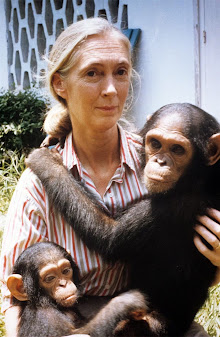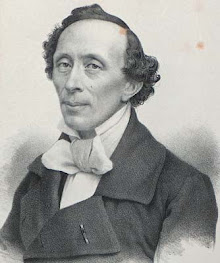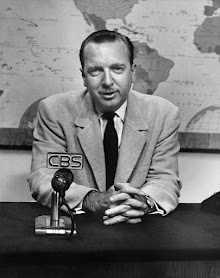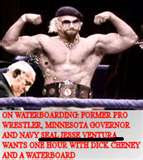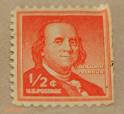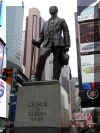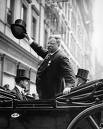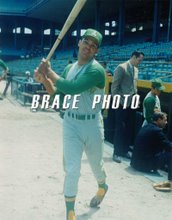"AMERICAN MASTERS" is an hour-long TV show on PBS. Using a biography format, the show concentrates on US artists, musicians etc. Tonight's episode was on country singer Hank Williams, (1923-1953).
 My familiarity with Williams had been filled with my own misinformation. Perhaps that's why the tragedy of his life hit me so hard. It should be noted that there is plenty of information on him at Wikipedia but the written word simply can NOT convey how much this man was loved.
My familiarity with Williams had been filled with my own misinformation. Perhaps that's why the tragedy of his life hit me so hard. It should be noted that there is plenty of information on him at Wikipedia but the written word simply can NOT convey how much this man was loved.
A couple of years ago, I saw the movie, "THE LAST PICTURE SHOW." It featured Hank Williams tunes and even though I always liked his music, I never knew anything about the man.
I mentioned how great his music was in the film to one of my readers, TRPT, and he kindly burnt me a copy of Williams' greatest hits CD. Despite strong objections from my son and wife, I have worn that disc out! My four favorites are, "Your Cheatin' Heart," "Kaw-Liga," "Hey Good Lookin' " and "Jambalaya."
The most compelling aspect of Hank Williams life was that he was born with a mild, undiagnosed case of spina-bifida occulta; a disorder of the spinal column that gave him lifelong pain--a factor that led to his later abuse of alcohol and drugs.
Prior to the impact of Elvis Presley, Williams' honky-tonk style was an important link Country Western music had with Rock 'N Roll. Although Williams was too "hillbilly" to attain the widespread appeal that Elvis was to enjoy, he was still a superstar in every sense of the word.
While "enjoying" his success, Williams was haunted by his back pain and tortured by the nagging of his wife, Audrey Shepard. She repeatedly accused him of infidelity while on the road which led to horrendous fights. These emotional battles coupled with his fight against pain influenced the lyrics in many of his songs. It was said of his first wife, "Its hard to tell if he was drinking to numb his pain or drinking to block her out." But his love for her was also intense because it was also said of them, "They couldn't live together and they couldn't live apart."
To ease his pain, Williams had some vertebrae fused together but the operation didn't accomplish very much. While convalescing at home, perhaps influenced by morphine and "handfuls" of other pain-killers, he shot out the windows of his house. Although his motives are unclear, his wife was so spooked that she left him and filed for divorce.
Wiliams' pain, domestic woes and drinking were all common-knowledge to his fans. If anything these problems made him a more sympathetic character. At the height of his depression he confided in a friend, "I don't know who my friends are any more. I'd trade everything, to just entertain the folks back home."
In the early forties a friend and fellow singer Roy Acuff encouraged Hank to stop showing up at performances drunk. He said of Williams, "He has a million-dollar voice and a ten-cent brain." Nonetheless, Williams together with his band, The Singing Cowboys, only saw their popularity escalate. He hosted his own radio show and kept turning out records. In a span of about thirteen years, Williams wrote and performed 12 number-one hits plus many others in the top-ten.
At the pinnacle of his success, the public appearances became less important to him and he frequently just didn't show up. While a regular at the Grand 'Ole Opry, this attitude and erratic behavior got him and the Singing Cowboys fired. The band didn't want to work with him any more and they parted company. Williams left Nashville and got hired as a solo performer at another country venue, The Louisiana Hayride.
By 1950, Williams decided to clean-up his act and take back control of his life. He began writing moralistic songs; many of which were recitations rather than his usual crooning. He was fearful that this new approach would hurt his existing commercial appeal, so he wrote under the name "Luke the Drifter." His public recognized his voice and accepted this duality (going from songs about rowdy times and drifting to songs about religion and remorse). His legendary status remained untarnished and the new style widened his audience.
Williams began hinting to friends that he feared that he would die. Two of the last songs he wrote were, "I Won't Be Home No More" and "I'll Never Get Out of the World Alive."
On New Year's Day 1953, en route by car from Knoxville, Tennessee to a public appearance in Canton Ohio, (severe weather had cancelled all the flights), Hank Williams was found dead in Oak Hill, West Virginia, in the back of a rented limousine; he was 29 . His exact cause of death was never determined but he had injected himself with B12 and morphine. The only other item found in the backseat with him besides a few beer cans was the handwritten lyrics to an unrecorded song, "Then Came That Fateful Day."
I hope you can all discover Hank Williams' music for yourself. But if you want to kill two birds with one stone, rent "THE LAST PICTURE SHOW." Its from 1971, starred Cybill Shepherd and was a four-star movie.
 Billy West molded
Billy West molded  Later when we wanted lunch, somehow Larry lured us back. The back of the menu included Larry's biography and we were surprised that he had actually lived in the building that the restaurant/bar now occupied. Oh, yeah in case you're curious...and PLEASE pardon the pun...the food was "FINE."
Later when we wanted lunch, somehow Larry lured us back. The back of the menu included Larry's biography and we were surprised that he had actually lived in the building that the restaurant/bar now occupied. Oh, yeah in case you're curious...and PLEASE pardon the pun...the food was "FINE." It should be noted that the ticket price also includes the regular museum. If you've never been to the Franklin Institute, its great for all ages. We parked easily at a meter about a block away...so bring plenty of quarters.
It should be noted that the ticket price also includes the regular museum. If you've never been to the Franklin Institute, its great for all ages. We parked easily at a meter about a block away...so bring plenty of quarters. For most front-line casino workers, exposure to smoke is the worst part of the job. In addition to the proven and re-proven health risks associated with second-hand smoke, the smoke is a firm barrier between the customer and the worker. The main reasons are; smoke physically hurts, it irritates the eyes and effects breathing. It also effects concentration and hinders the staff's number-one responsibility, game protection.
For most front-line casino workers, exposure to smoke is the worst part of the job. In addition to the proven and re-proven health risks associated with second-hand smoke, the smoke is a firm barrier between the customer and the worker. The main reasons are; smoke physically hurts, it irritates the eyes and effects breathing. It also effects concentration and hinders the staff's number-one responsibility, game protection.
